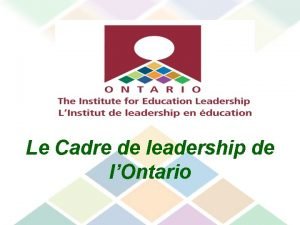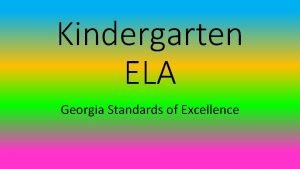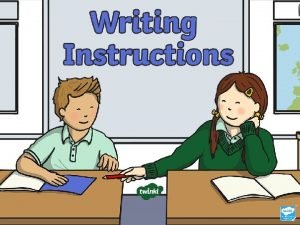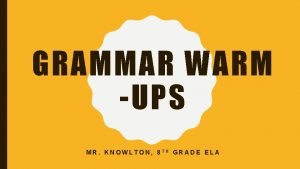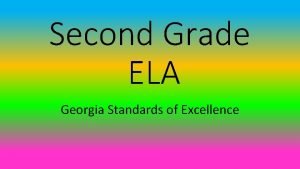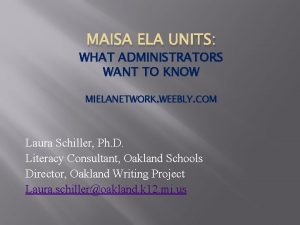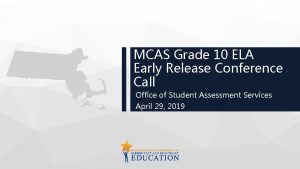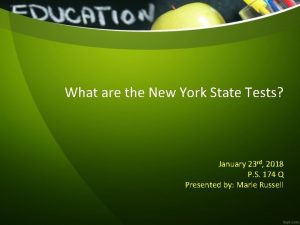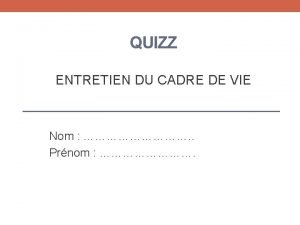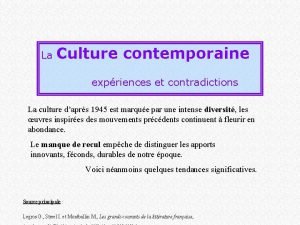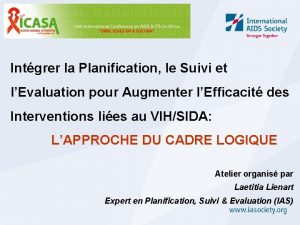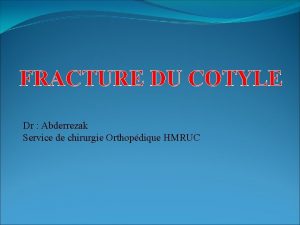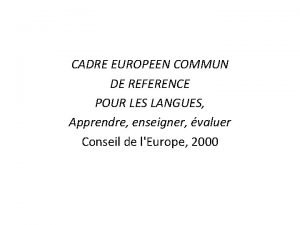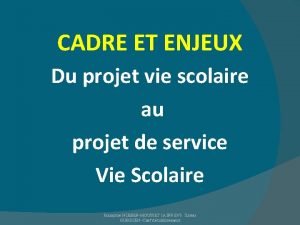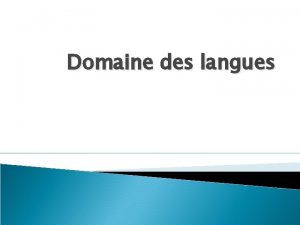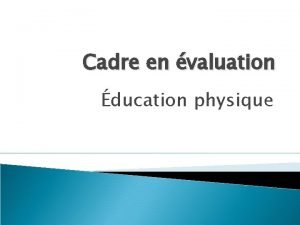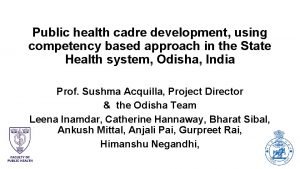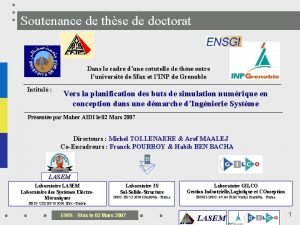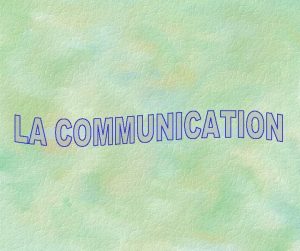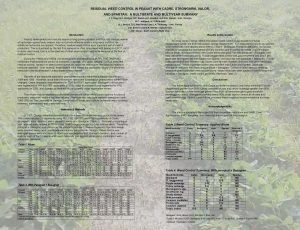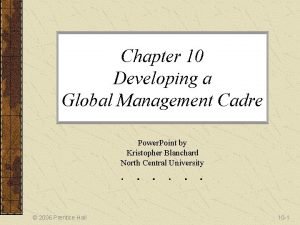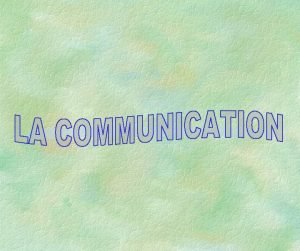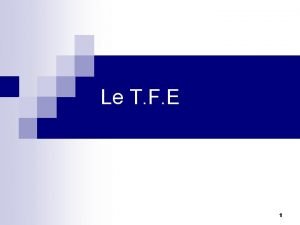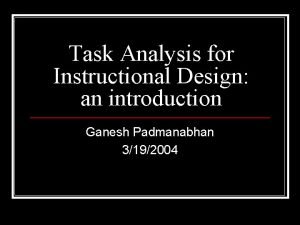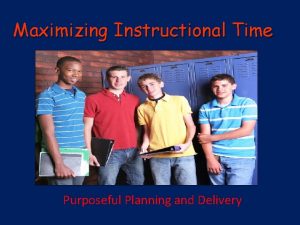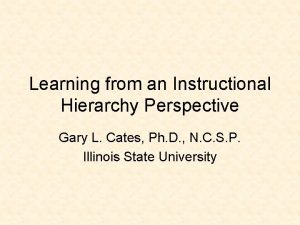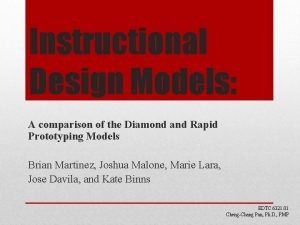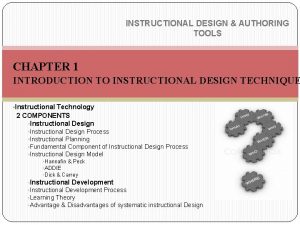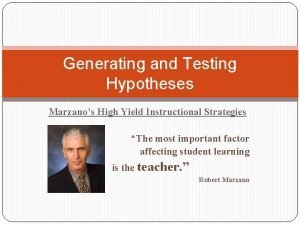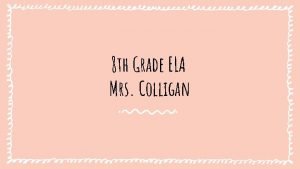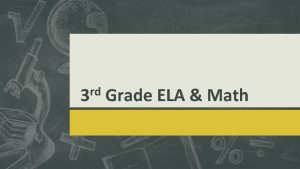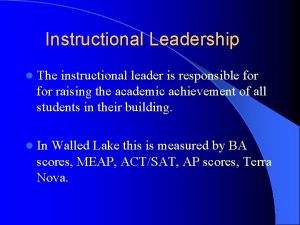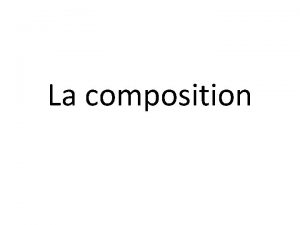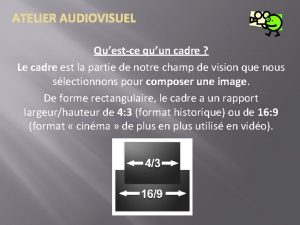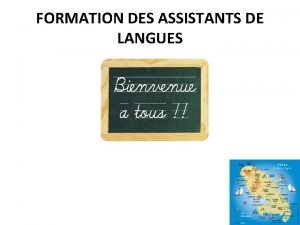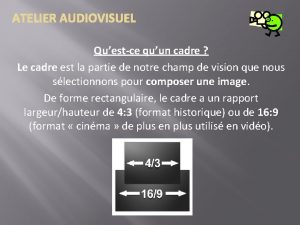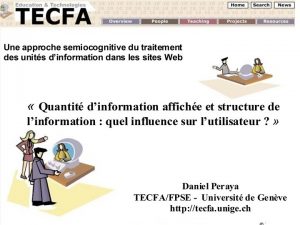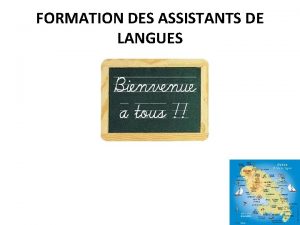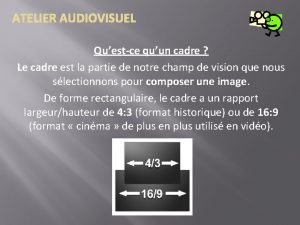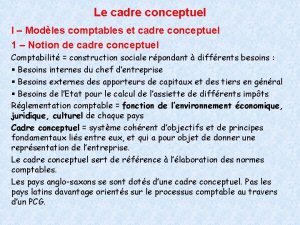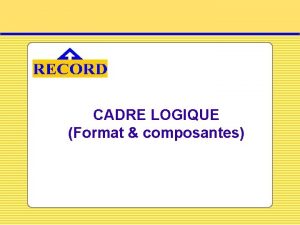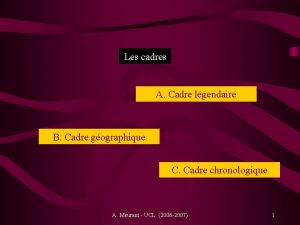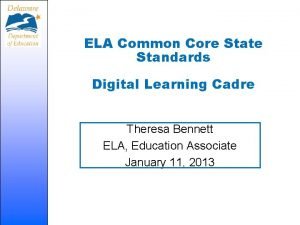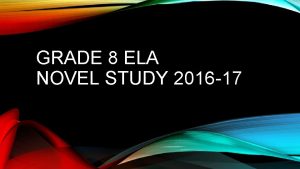ELA Instructional Leadership Cadre Kindergarten 5 th Grade














































- Slides: 46

ELA Instructional Leadership Cadre Kindergarten - 5 th Grade Shift 3: Building Knowledge

What have you tried? On your notecard provide a short answer to the following: Side 1: What strategies and shifts have you tried in your classroom? Side 2: What information from the Leadership Cadres have you shared

The CCSS Shifts Build Toward College and Career Readiness for All Students Nine Specific Advances in the PARCC ELA/Literacy Assessment Demanded by the Three Core Shifts. . .

What Are the Shifts at the Heart of PARCC Design (and the Standards)? 1. Complexity: Regular practice with complex text and its academic language. Engage with Complex Text Complexity Close Reading Academic Vocabulary

What Are the Shifts at the Heart of PARCC Design (and the Standards)? 2. Evidence: Reading and writing grounded in evidence from text, literary and informational. Extract and Employ Evidence Text Dependen t Questions Writing to Sources Narrative Writing

What Are the Shifts at the Heart of PARCC Design (and the Standards)? 3. Knowledge: Building knowledge through content rich nonfiction. ELA Build Knowledge Content Area Literacy Informational Text

Shift 3: Building knowledge through content rich nonfiction 8. PARCC assesses not just ELA but a full range of reading and writing across the disciplines of science and social studies. 9. PARCC simulates research on the assessment, including the comparison and synthesis of ideas across a range of informational sources.

ELA Building Knowledge

Low scores in Comprehension Decoding Word Meaning Fluency Comprehension skills fallacy: you can’t simply teach students how to answer particular question types, such as main idea, vocabulary, inferencing, supporting details, drawing conclusions, etc.

What do proficient readers do? • Make connections to prior knowledge • Generate questions • Create mental images • Make inferences • Determine Importance • Synthesize, evaluate, summarize • Monitor reading

Teaching basic skills… • Basic skills are enabling skills – they allow students to read for meaning • Teach them with a clear purpose, they improve reading comprehension • • Phonemic awareness Phonics Fluency Vocabulary

Reading comprehension can be taught explicitly • Instruction can help students to think more effectively while reading (to understand/remember more) • Reading Comprehension ≠ Listening Comprehension • Unfortunately, teachers of older kids often replace reading with listening lessons because of the difficulty of the books • This gets you through the books, but doesn’t teach reading • Students need to read materials that are challenging, but not TOO hard to read

Activity: Progression of Difficulty Reading Literature Reading Informational Text

Reading Comprehension Reading requires students to think about meaning while decoding

Skill vs Strategy Reading Comprehension Skill Strategy quick & easy, without conscious attention intentional & complex

Skills vs Strategies Skills Strategies • Automatic • Over-learning • Immediate • Simple/single step • Certainty of success • Accuracy • Intentional • Metacognitive • Reflective • Complex/multi-step • Probability of success • Approximation

Reading Comprehension Skills • Cause and effect • Classify and categorize • Compare and contrast • Draw conclusions • Fact and opinion • Main idea • Important details • Inferences • Sequence • Bias and propaganda • Problem and solution • Identify theme • Literal recall • Tone • Mood

Reading Comprehension Strategies • Summarizing • Questioning • Story mapping • Monitoring • Question answering • Graphic organizers • Mental imagery • Prior knowledge NRP found that instruction in combined sets of strategies (such as reciprocal teaching) were generally more effective than teaching single strategies

Clear explanations matter • Studies show that how well teachers can explain mental processes makes a difference in student progress • Students need to learn the what, when, how, why of strategies • Strategies are about taking intentional mental actions to understand a text

Gradual Release of Responsibility • Modeling and explanation • Guided practice and explanation • Independent practice • I do it • We do it • You do it together • You do it

Improving the reading lives of children • Create a classroom culture that emphasizes meaning • Ensure all children have enabling skills that allow comprehension • By teaching student the most effective research-proven ways to think effectively about the ideas in the text and guiding their practice with these strategies across a wide range of text

Informational Text Building Knowledge

What is Informational Text? Informational text is text whose primary purpose is to convey information about the natural or social world, and that has particular linguistic features to accomplish that purpose.

A balance of informational text K-5 Informational Text Literature Short stories, SS, Science, etc. Myths, Legends, Poetry, Drama Informational Text Literature Science, Biographies, Social Studies, History, Arts, Directions, Forms, etc. Short Stories, Myths, Legends, Poetry, Drama

What is informational text in K-5? • Literary nonfiction and historical, scientific, and technical texts. Includes • Biographies and autobiographies; • Books about history, social studies, science, and the arts; • Technical texts, including directions, forms, and information displayed in graphs, charts, or maps; and • Digital sources on a range of topics • Emphasis is on text structure other than narrative • Cause and effect; chronological/sequential • Compare/contrast; enumeration and description • Opinion and supporting arguments

K-5 Informational Text…Myths Young children cannot handle informational text.

K-5 Informational Text…Myths Young children do not like informational text or at least prefer other forms of text.

Young children’s preference • When discussion followed the read-aloud, students seemed to prefer informational text. • When no discussion followed the read-aloud, the students preferred narrative text. • Research also suggests that students are more likely to select informational for independent reading if their teacher used the informational text in a read-aloud Dreher & Dromsky, 2000; Duke, Bennett-Armistead, & Roberts, 2003). – From K-12 Teachers: Building Comprehension in the Common Core

K-5 Informational Text…Myths Young children should first learn to read and then (about 4 th grade) read to learn.

“Reading to learn” • Explicit comprehension instruction should not be delayed until students are able to read grade-level text independently. • Read-alouds and the use of text-based discussions are opportunities to help students learn from complex informational text, especially when students are just learning to read or if students struggle to read informational text independently (Beck & Mc. Keown, 2001; Snow, Burns, & Griffin, 1998). – From K-12 Teachers: Building Comprehension in the Common Core

Students who struggle • Students who struggle with reading can successfully handle informational text when instruction includes • explicit teaching of text structure, • procedural facilitators such as think sheets, prompt cards, and mnemonics, and • the use of teacher modeling and guided feedback (Gersten & Baker, 2000, 2001; Williams, 2008) – From K-12 Teachers: Building Comprehension in the Common Core

Informational text prominent in CCSS • In Reading standards • In Writing standards • Students conduct research, draw evidence to support arguments and analyses, compare texts, etc. • In Speaking and Listening standards • Students prepare for conversations and collaborations, present findings and supporting evidence, etc. • In Language standards • Students acquire academic and domain-specific vocabulary, use context to determine meaning, etc.

K-5 Classroom…. Look Fors • • • Time with books Thematically-paired story and info texts (thematic units) Graphic organizers Explicit vocab & comprehension strategy instruction Writing to read & reading to write Core set of questions Reading, writing & talking with partners Precision partnering Task-based accountability Engagement used to structure discussions

Precision Partnering • Student partner discussions • Designated 1 st speaker • Use of sentence starters • Accountable listening • Teacher monitoring

K-5 Classroom…. Listen Fors • Instructional conversations • Questions • Vocabulary (content vocabulary) • Academic language (text-related academic language) • Table of contents, index, informational book, retell • Teacher-facilitate read-alouds & text-based discussions • Before, during, and after reading components • Students retelling what they learned (partners)

Instructional Strategies Content Area Literacy for Science, Social Studies & Technical Subjects

Two-Column Notes • Students divide a sheet of notebook paper in half. • While listening or reading, students record evidence in the right column. • In the left column, students can make inferences, ask questions, or draw pictures to clarify their evidence.

Discussion on Making Inferences • What is my inference? • What information did I use to make this inference? • How good was my thinking? • Do I need to change my thinking?

Think Alouds • Teachers verbalize their thought processes while reading a selection orally. • Verbalizations include describing things they are doing as they read to monitor their comprehension.

Semantic Feature Analysis • This technique uses a matrix to help students discover how one set of concepts is related to another set. • Introduce a Semantic Feature Analysis graphic organizer as a tool for recording reading observations

Discussion Web • The student/small group will note the pros/cons of the reading as well as their final conclusion. • The group will also place their conclusion on an index card.

Discussion Web • Teachers distribute a selected reading that elicits clearly defined opposing viewpoints. • A discussion web graphic organizer can be used by the student/small group to identify the main question of the text. • Collect the cards and tally the responses. Share the results with the class.

New Resources on The PROE site www. theproecenter. info

Evaluating our Progress Re-assess your understanding and comfort with the Common Core Standards for Math using the Foundational and Basic Needs Assessments

Commitment Select something from today’s presentation that you are willing to try in your own building. Record your commitment on a sticky note and post it on the commitment board before your leave.

Thank You Peoria Regional Office of Education Cindy Dollman, Assistant Reg. Supt. cdollman@peoriaroe 48. net
 Cadre de leadership de l'ontario
Cadre de leadership de l'ontario Georgia kindergarten ela standards
Georgia kindergarten ela standards Instructional text grade 5
Instructional text grade 5 Grammar warm ups middle school
Grammar warm ups middle school 2nd grade reading standards ga
2nd grade reading standards ga Maisa units rubicon
Maisa units rubicon Mcas ela grade 10
Mcas ela grade 10 Engageny ela grade 5 released questions
Engageny ela grade 5 released questions Entretien professionnel quizz
Entretien professionnel quizz Exemple de cadre logique d'un projet de formation
Exemple de cadre logique d'un projet de formation Cadre temporel
Cadre temporel Exemple de cadre logique d'un projet agricole
Exemple de cadre logique d'un projet agricole Suspension en hamac fracture du bassin
Suspension en hamac fracture du bassin Le toit du cotyle
Le toit du cotyle Cadre commun europeen reference pour langues
Cadre commun europeen reference pour langues Projet de vie scolaire
Projet de vie scolaire Enophtalmie
Enophtalmie Cadre valuation
Cadre valuation Cadre valuation
Cadre valuation Cadre approach
Cadre approach Cadre technique
Cadre technique Cadre herbicida
Cadre herbicida Cadre de soutenance
Cadre de soutenance Cadre sommaire
Cadre sommaire Strongarm herbicide label
Strongarm herbicide label Developing a global management cadre
Developing a global management cadre Cadre théorique définition
Cadre théorique définition Pansement complexe cadre législatif
Pansement complexe cadre législatif Cadre de référence tfe
Cadre de référence tfe Impression stage
Impression stage Cadre renaissance
Cadre renaissance Cadre obturateur
Cadre obturateur Artère pancréatique transverse
Artère pancréatique transverse Purdue army rotc cadre
Purdue army rotc cadre Tfe définition
Tfe définition Transactional leadership and transformational leadership
Transactional leadership and transformational leadership Adaptive management style
Adaptive management style Situational leadership vs adaptive leadership
Situational leadership vs adaptive leadership Task analysis instructional design
Task analysis instructional design Computer sic
Computer sic Basic principles of micro teaching
Basic principles of micro teaching Maximizing instructional time in the classroom
Maximizing instructional time in the classroom Stages of instructional hierarchy
Stages of instructional hierarchy Marzano's 9
Marzano's 9 Diamond model of curriculum development
Diamond model of curriculum development Instructional design authoring tools
Instructional design authoring tools Marzano generating and testing hypotheses
Marzano generating and testing hypotheses
